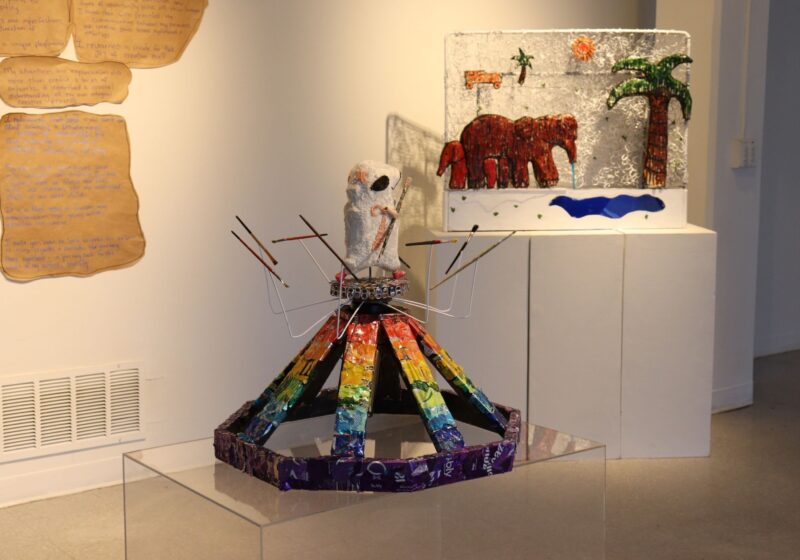The Campus Times hit 75,000 site views last month. That’s our second-most after September 2017. Three of our seven highest viewed weeks ever came consecutively in April.
There’s a lot to celebrate, but much more work needs to be done on outreach.
What CT has struggled with in the past is connecting our faces to the paper. We want to become more embedded in the community, to increase student interaction.
By increasing our outreach, we can both diversify our writers and better seek out the stories that matter to people. Plus, our more widespread influence will serve to inform more of the community.
Last year’s decision to switch from weekly to monthly print, meanwhile, has seen its pros outweigh its cons.
Despite not physically having our work out there as much, it has helped us influence. Decreasing print issues gave us more time to focus on videos, an arguably more effective way in covering stories given the ever-increasing digital age we live in. It has also saved time on production nights, and with a staff comprised only of students, the switch has been worthwhile.
At the start of this semester, Editor-in-Chief Trevor Whitestone wrote about different ways CT could become more involved in the community.
The first thing we wanted to do was post more stories to Facebook. Every Monday, new articles are uploaded to each section. But most students do not access our site by typing in our URL — Facebook drives our traffic. Yet, if we are only posting a few select stories to Facebook, then we are not doing our best to inform the community on all aspects.
CT did increase the number of stories we posted to Facebook this semester, largely explaining why our site views went up 70 percent compared to last semester and 30 percent compared to last spring. Still, there’s always room for improvement.
Another step we took to increase our presence in the community was organizing our first-ever event this semester. Elissa Orlando, a 30-year broadcasting veteran, spoke to us about the ins and outs of journalistic ethics in March.
Practicing proper ethical journalism is essential for our organization. To have your trust, we must educate ourselves and the community on the importance journalists have in informing you with all sides to a story.
CT plans to have more educational events on journalism next semester. We want to teach the skills we have picked up on writing, interviewing, and editing to other students who wish to learn, too.
Every journalist starts at the same place: How do you write an article? If we want to increase our amount of writers, we need to give them the basics.
Lastly, CT got merch. Cups and pens for all, caps for writers, and hoodies for staff — among other purchases — should help spread our brand.
CT has always had difficulties with retaining writers. We hope this will be another way to combat our insular reputation.
Unfortunately, we did not get to employ all of the ideas we had at the start of the semester.
With the new year came a new CT staff, each with a story to tell. We planned to create staff bios to let you know who actually works on CT.
We also wanted to create a video of what goes on during our Sunday production nights.
We did not get to these ideas, but that does not mean we are throwing them away.
Before I pass on the role of publisher next semester, I plan to give you this content. That way, the CT office won’t be this mysterious place you walk by after getting a hearty dinner from the Pit on Sunday.
After all, if we are going to have a bigger presence on campus, it’s high time we get our faces out of our laptops and show you who we really are.




